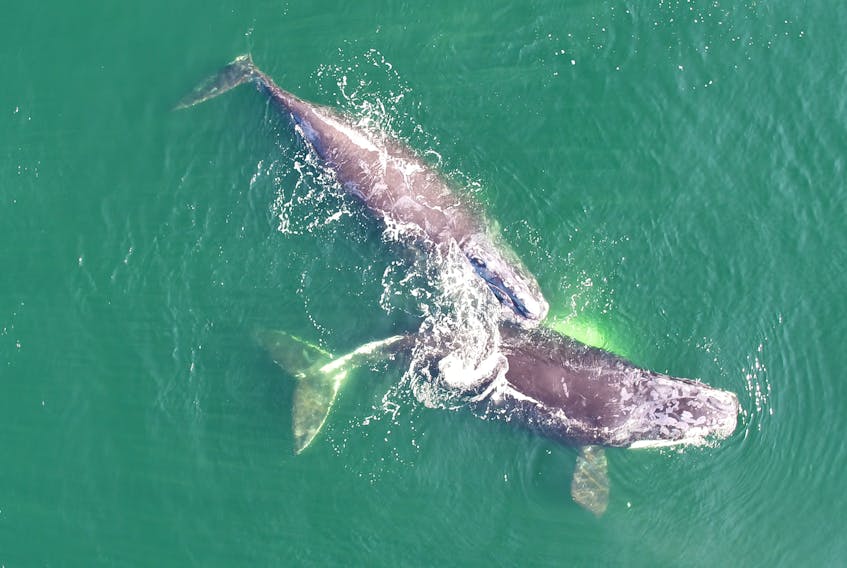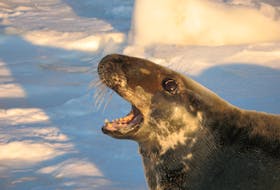The North Atlantic right whale is now just one step away from extinction.
The International Union for Conservation of Nature (IUCN) announced Thursday it has changed the status of North Atlantic right whales on its Red List from endangered to critically endangered, IUCN’s highest risk category for wild species. This means the population has or will decrease by 80 per cent within three generations and is facing an extremely high risk of extinction.
According to Canadian conservation group Oceana, at least 31 North Atlantic right whales have been killed since 2017 — 21 of them in Canadian waters. Today, even with some promising birth numbers in recent years, there are only about 400 right whales left. The population has declined by approximately 15 per cent since 2011.
The IUCN says the decline is being driven by a number of factors, such as increased mortality due to entanglement in fishing gear and vessel strikes, and a lower reproduction rate compared to previous years.
Climate change also appears to be exacerbating the problem — warmer sea temperatures have likely pushed their main prey species further north during summer, into the Gulf of St. Lawrence, where the whales are more exposed to accidental encounters with ships and also at high risk of entanglement in crab-pot ropes.
Of 30 confirmed human-caused deaths or serious injuries of North Atlantic right whales between 2012 and 2016, 26 were due to entanglement.
Lawmakers have been trying to keep up, with the Department of Fisheries and Oceans introducing protection measures such as fisheries closures, reducing vessel speed in certain areas and removing abandoned “ghost” gear from the water, but it hasn’t been enough to change the trajectory of the species.
The most recent death was on June 25, when a seven-month-old calf — one of 10 born this year — was found off the coast of New Jersey after it was struck twice by vessels. Another calf was also struck earlier in the year and is presumed dead.
“Every death brings this species closer to extinction,” said Kim Elmslie, campaign director for Oceana Canada. “Our data shows that the majority of ships are not slowing down when passing through the voluntary slowdown zone in the Cabot Strait. The government can and should immediately make this slowdown mandatory. … With only around 400 North Atlantic right whales left in the world, we have no more time to waste. The government must act now and do everything in its power to protect them.”









